The concept of hiding vegetables in everyday meals has gained significant traction among parents and health-conscious individuals. One particularly effective method involves blending finely grated carrots into meat patties at a ratio of one part carrot to three parts meat. This approach not only enhances the nutritional profile of the dish but also maintains the familiar flavors and textures that appeal to even the pickiest eaters.
Carrots, rich in beta-carotene, fiber, and essential vitamins, are a powerhouse of nutrition. When incorporated into meat patties, they add moisture and a subtle sweetness that complements the savory notes of the meat. The 1:3 ratio ensures that the carrots remain undetectable while still contributing their health benefits. This technique is especially useful for families looking to increase vegetable intake without resorting to constant negotiations or mealtime battles.
The process begins with selecting fresh, firm carrots. Grating them finely ensures they integrate seamlessly into the meat mixture. Combining the carrots with ground meat—beef, chicken, or turkey—along with seasonings like garlic, onion, and a pinch of salt creates a balanced flavor profile. The mixture is then shaped into patties and cooked as usual, whether pan-fried, grilled, or baked. The result is a juicy, flavorful patty that retains all the classic appeal of a traditional meat dish.
Beyond the nutritional advantages, this method also offers practical benefits. Carrots are inexpensive and readily available, making them an accessible addition to any household’s meal prep. The grated carrots also help stretch the meat further, offering a cost-effective way to make meals more economical without sacrificing quality or taste. For those mindful of their budget, this is an attractive perk.
Another advantage lies in the versatility of the recipe. The basic 1:3 ratio can be adapted to suit various dietary preferences or cultural tastes. For instance, adding spices like cumin or paprika can give the patties a more global flair, while herbs like parsley or thyme can lend a fresher, more aromatic note. The patties can also be served in multiple ways—on buns as burgers, alongside mashed potatoes, or even crumbled over salads for a protein-packed topping.
For parents, the hidden carrot trick is a game-changer. Children who might otherwise refuse vegetables outright are none the wiser when the carrots are seamlessly blended into a beloved food like a meat patty. Over time, this can help acclimate young palates to the taste of vegetables, making it easier to introduce them in more visible forms later on. It’s a gentle, stress-free way to foster healthier eating habits.
Adults, too, can benefit from this approach. Busy professionals or those with limited cooking skills can appreciate the simplicity of the recipe. It’s a straightforward way to add nutrients to meals without requiring elaborate preparation or exotic ingredients. Even seasoned home cooks might find the technique useful for creating lighter, more balanced versions of classic dishes.
The environmental impact of this practice is worth noting as well. By reducing the reliance on meat-heavy meals, even slightly, households can contribute to lower carbon footprints. While the 1:3 ratio doesn’t eliminate meat entirely, it represents a small step toward more sustainable eating habits. For those exploring flexitarian or reducetarian diets, this can be an easy entry point.
Critics might argue that hiding vegetables undermines efforts to teach proper nutrition or encourage genuine appreciation for plant-based foods. However, proponents counter that it’s a pragmatic solution for bridging the gap between ideal diets and real-world challenges. In households where time, budget, or picky eaters are factors, such strategies can make the difference between a meal that’s merely eaten and one that’s truly nourishing.
Ultimately, the 1:3 carrot-to-meat ratio is more than just a clever kitchen hack—it’s a testament to the creativity and adaptability of home cooking. Whether driven by health concerns, financial considerations, or the simple desire to make meals more enjoyable, this method offers a practical and effective way to enhance everyday food. And in a world where balancing nutrition, taste, and convenience is increasingly complex, solutions like these are more valuable than ever.

By /Jul 31, 2025
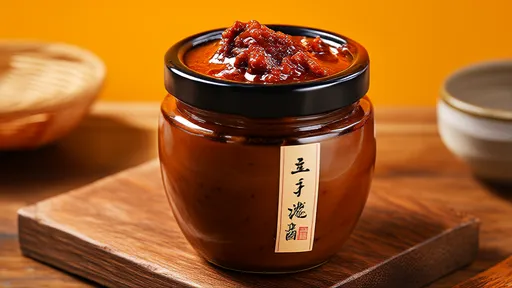
By /Jul 31, 2025

By /Jul 31, 2025

By /Jul 31, 2025

By /Jul 31, 2025

By /Jul 31, 2025

By /Jul 31, 2025

By /Jul 31, 2025

By /Jul 31, 2025
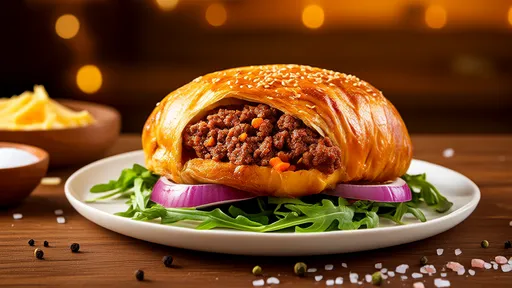
By /Jul 31, 2025

By /Jul 31, 2025

By /Jul 31, 2025

By /Jul 31, 2025

By /Jul 31, 2025

By /Jul 31, 2025

By /Jul 31, 2025

By /Jul 31, 2025
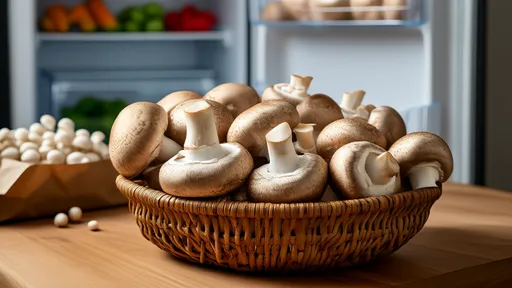
By /Jul 31, 2025
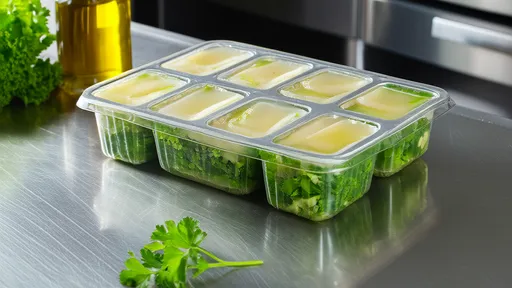
By /Jul 31, 2025
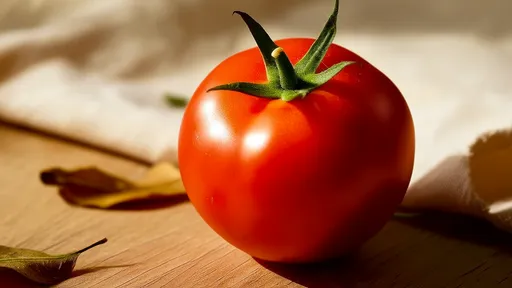
By /Jul 31, 2025